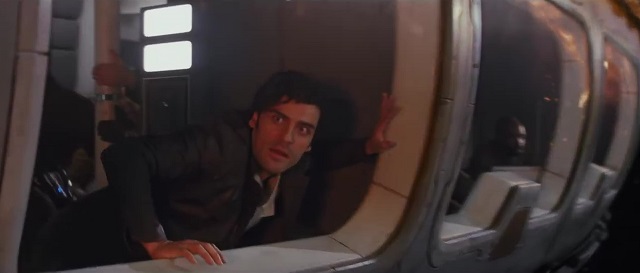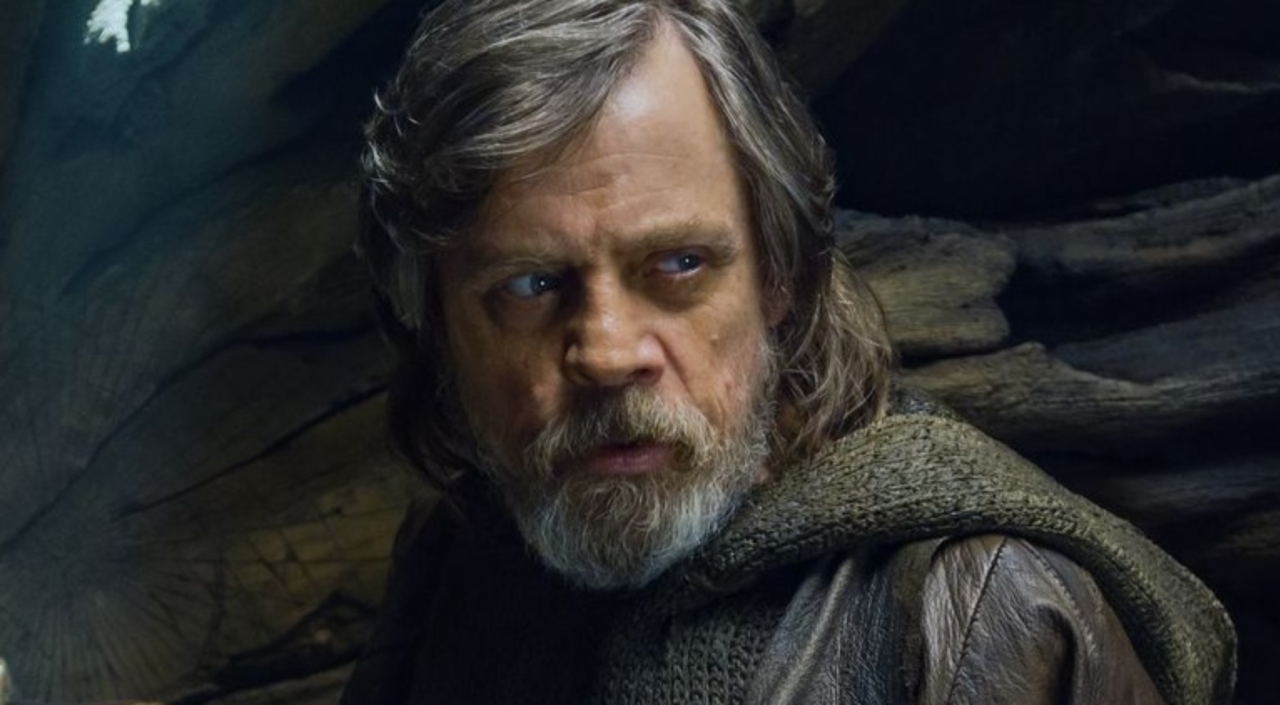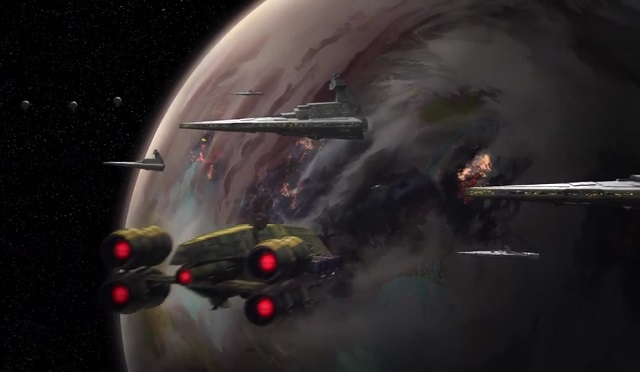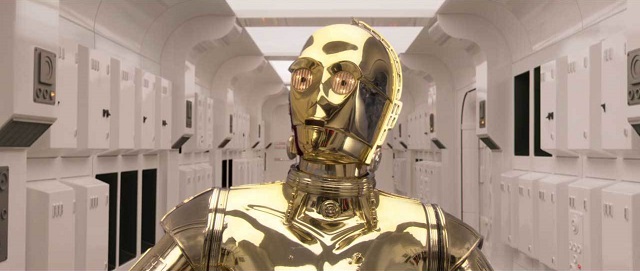Second Look is Eleven-ThirtyEight’s biannual tradition of highlighting some of our most interesting pieces from recent months. Every day this week you’ll find a different older piece back on our front page for another moment in the spotlight. – Mike, EIC
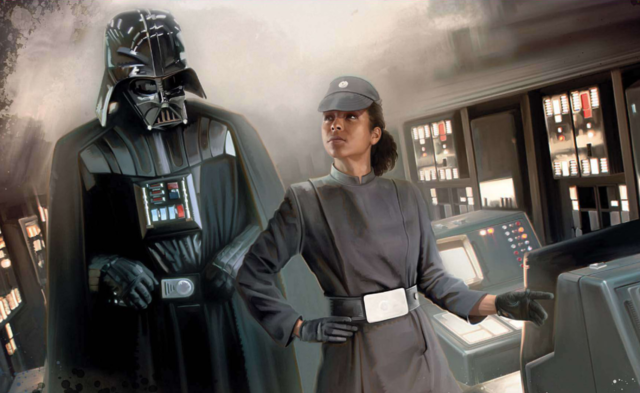
A long time ago, in a galaxy far, far away…
While George Lucas’s famous introduction to the Star Wars universe tells viewers they are light-years away from anything they’ve ever known, one of the reasons the film immediately resonates with such a broad fanbase is because, despite the starships and futuristic setting, children and adults alike see themselves in Luke, Leia, and Han’s struggle. We see not just a story about a rebellion fighting for freedom—we see a coming-of-age tale, and characters lifting themselves up to fulfill their destiny. Or, at least, white fans have been able to see themselves reflected on screen; the franchise’s millions of fans of color, and particularly femme-identifying fans of color, have been forced to make do with a love of the stories and the strength of their imaginations. Until recently, the only place fans could see major characters of color play a leading role was in various novels or spin-offs that never made it into the mainstream consciousness. But with the diverse casts of the new Disney-owned films, and the recent photo (courtesy of director Ron Howard) of Thandie Newton in what appears to be an Imperial uniform, there’s never been a better time for Lucasfilm to not only start featuring women of color in starring roles, but also to draw those characters from a familiar source – the canon Star Wars novels and comic books.
Lucasfilm’s galaxy far, far away used to be a much messier place. Disney’s purchase of Lucasfilm and the formation of the Lucasfilm Story Group in 2013, however, changed the game for Star Wars fans. Previous Expanded Universe stories, known for their sometimes incongruous storylines and for George Lucas’s indifference to their plots, were jettisoned in favor of a cohesive, multimedia approach to the new canon. This initiative did more than clear up Star Wars “fact” and “fiction”; for the first time ever, various franchise media could overlap in timeline, characters, and plots, allowing for truly multi-media storytelling and opening the door for characters of color to play a more prominent role. Fan-favorite non-white characters who previously only existed in the Star Wars: The Clone Wars animated series began to appear in novels or comics of their own, or, in Saw Gerrera’s case, on the big screen in 2016’s Rogue One.
At this point, however, fans have mostly seen movie characters cross over into the non-film media. Few original characters from Star Wars non-film media have appeared on the big screen, which is hugely disappointing not only because it does a disservice to the Story Group’s mission and efforts since its creation, but also because the franchise’s largest strides in representation, especially of women of color, have been made in the non-film media. Because we feel passionately about this issue, we’re working in conjunction with #SWRepMatters, an upcoming social media campaign highlighting diversity (or lack thereof) in the franchise through volunteer podcast discussions, blog posts, tweets using the hashtag, and Twitter threads focusing on specific nonhuman characters and characters of color. Our goal with this post is to highlight how Star Wars can improve its cast diversity to match its enthusiastic audience by bringing beloved non-film characters to the movies and, of course, hiring more femme-identifying actors of color. And there would be no better place to start than by confirming the hopeful fan theory that Thandie Newton is playing Rae Sloane in the upcoming Han Solo movie.
» Read more..
